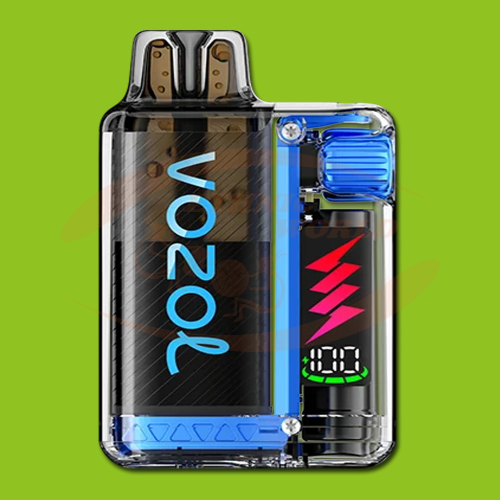
The final results of indoor growing are strongly influenced by how well a grower manages to control the growing parameters that are essential for good plant growth. There are two very important factors that are easily overlooked when we are more concerned with yields, size and general plant health. We are talking about temperature and relative humidity. This blog summarises the main strategies for keeping these two parameters within an optimal range, providing specific information on the conditions to be maintained for best results.
Growing Successful Indoor Legal CBD Cannabis
HOW TEMPERATURE AND RELATIVE HUMIDITY INTERACT
First of all, you should know that humidity and temperature are closely related parameters. When we talk about humidity, we are referring to relative humidity (RH), which is the ratio of the partial amount of vapour contained in a mass of air to the maximum amount that this volume of air can hold at the same temperature and pressure. To better understand this definition, we can refer to the basic principle that warm air tends to contain more water vapour than cold air. This is one of the main reasons why it is necessary to remove large quantities of warm air from a grow room, to allow fresh, oxygenated air to replace it. Warm air has the ability to hold too much water vapour.
MOISTURE LEVELS AND TEMPERATURES: FROM SOWING TO HARVEST
Let's try to define the real meaning of humidity and temperature control in cannabis cultivation. To simplify things, we can divide the life cycle of a cannabis plant into 4 different stages, each of which requires certain humidity and temperature levels for healthy and strong growth. Don't think that controlling humidity and temperature is too complicated and therefore not worth it! It is much simpler than you think and will help you keep the parameters at optimal levels (which you should keep as constant as possible).
First of all, get a hygrometer and a thermometer, preferably digital with memory functions, so that you can keep track of the maximum and minimum values of each phase. Some hygrometers are not very accurate. So consider using several devices to compare the values inside your grow room. Now that we have the tools to properly monitor our indoor growing conditions, we can start to closely monitor humidity and temperatures.
Our goal is to maintain optimal humidity and temperature levels at each stage of growth.
1. Seedling stage
- Seedlings like high humidity levels of 65-70%.
- The reason: the root system is not yet fully developed.
- High humidity allows the plants to absorb water through the leaves.
- Temperatures with lights on: 20-25°C (lights off: 4-5°C lower)
2. Vegetative growth stage
- Humidity can be reduced by 5% each week (acceptable range is 70-40%).
- Temperatures can be increased slightly (but this is not necessary).
- Reason: the roots absorb more water and evaporation from the leaves cools the plants.
- Temperatures with lights on: 22-28°C (lights off: 4-5°C lower)
3. Flowering phase
- Humidity should be lowered to 40-50% (very important).
- You can risk 55% (but above 60% it becomes dangerous).
- It is best to keep temperatures lower during flowering.
- Temperatures with lights on: 20-26°C (and avoid high temperatures)
4. Last weeks of flowering (1-2 weeks before harvest)
- The following steps are not essential, but can increase yield, flavour and appearance of the buds.
- Reduce humidity as much as possible: 30-40%.
- Lower daytime temperatures, trying to increase the temperature range (day/night)
- Temperatures with lights on: 18-24°C (lights off: 5-10°C lower)



















